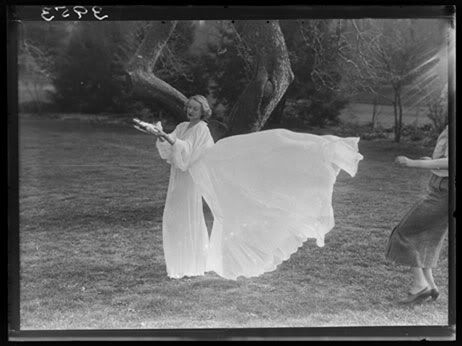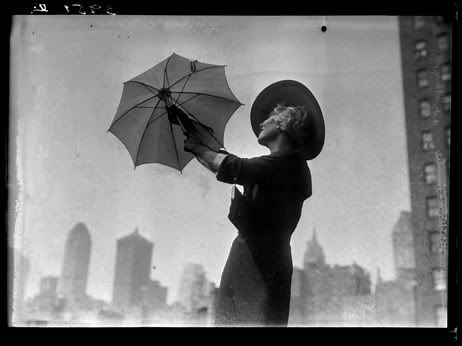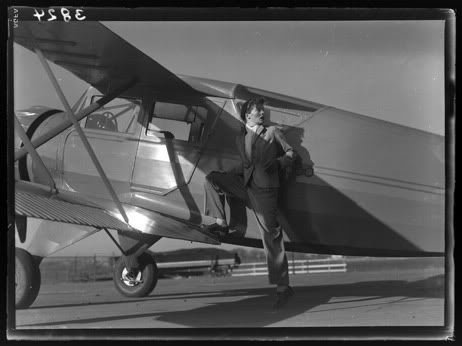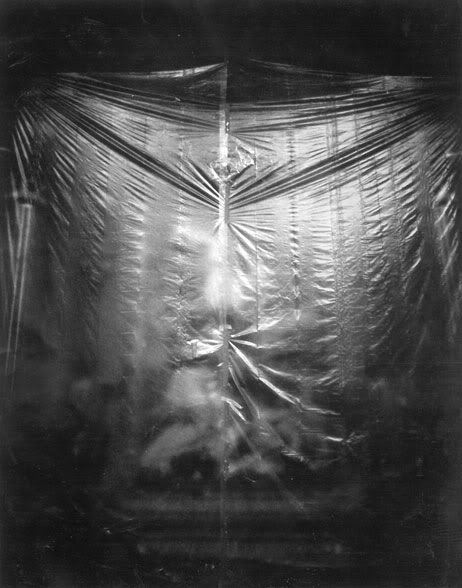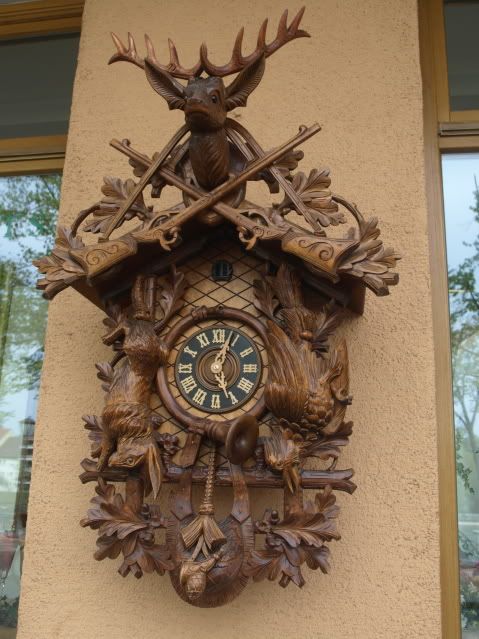 The Catholic Factor
The Catholic Factor
In contemporary Art from Poland and Germany The poster for the exhibition with the photo of a man with a bloody wound on his belly has caused much controversy as it was considered too brutal. The curator of the exhibition defended it with the remark that it was designed extra for the show alluding to Jesus Christ’s side wound. I didn’t feel provoked by the poster, yet I noticed that the depicted man seems to cut himself while Jesus was wounded by Roman soldiers on the cross.

The very extensive exhibition is still open until the 17th of May at the Museum and Gallery „Leerer Beutel“ in Regensburg. My impression was rather mixed. When you enter the first room at the Minoritenkirche in the local Museum a plain grey fence with the title “Fade to Grey” by the artist Tom Früchtl catches your eye. I could not find out the meaning of this work of art and also couldn’t find a connection with the “catholic factor”. Other works, however, as the shiny black demon hovering over the nave of the church were more to my taste.

A young man holding a goblet in one hand and a catalogue in the other seems to be an art follower looking for the holy grail. At second sight you notice that it is a transparant photo on a glass panel (by the Polish artist Marta Deskur).

At first sight you also don’t recognize the confessional standing in the corner of the church as a work of art (Monode by Simon Schubert). If you open the door you see a narrow room lined with green fake leather. When you enter it you look into a mirror instead of the window for the priest.Through a tiny window in the mirror you see the head of a monster. Original idea!

Tadeusz Kantor is considered the most important Polish artist in the exhibition. His work 9 crosses (1981) in the altar room of the church is set apart very effectively against the medieval tombs in the church.

The works of art at the further exhibition at the Gallery „Leerer Beutel“ were also of a varied quality. A large part of one room is taken by an installation with loud speakers and a guitar (Murena/Tanqueray). Again I didn’t find a connection with the Catholic issue.

The artist from Regensburg Wolfgang Grimm (who died at a young age last year) is displayed with the painting series “Cor” with bloody red hearts. According to the artist this series dealt with the lost loves in his life. Also in this work there I could not see a connection with a Christian theme.

The Vienna Actionist Günter Brus is included in the show with one of his most important works, photos form his performance „Zerreissprobe“. As his fellow Vienna Actionist Hermann Nitsch who is also part of the show he comes neither from Germany or from Poland but from Austria.
In other pictures the subject matter is very obvious, as in the Tryptich by showing Maria in three different stages ( Katarzyna Górna) or the cross with the title pain (Grzegorz Klaman)

All in all the exhibition was too incoherent and the choice of the artists seemed to be rather arbitrary. It was difficult to find out which artists come from Poland or from Germany. An explanatory leaflet would certainly have helped. Nevertheless I did not regret seeing this show as you seldom get into contact with contemporary art from Poland and because some works were inspiring and original. I was astonished that artist in this show dealt with the current German Pope from Regensburg Georg Ratzinger, who has often provoked critical reactions.

















